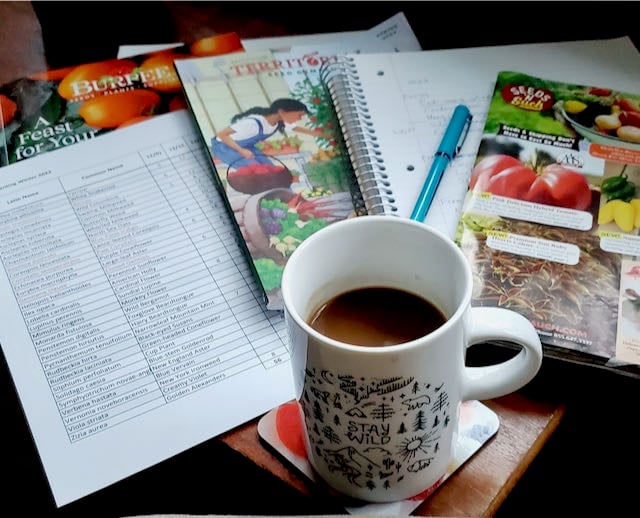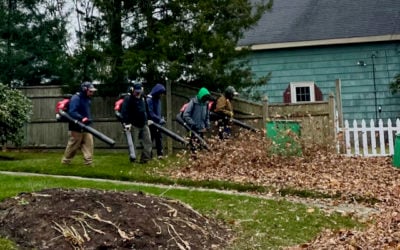By George D. Christie
The most beautiful gardens in the world exist only in short winter daydreams, emerging from the stack of early January seed catalogs to the sound of unforecast sleet against the picture window, scented with tea or coffee, lush, full in flower and with nary a squirrel in sight. For those of us who garden in New England, the winter tradition of going through each catalog page by page is well entrenched: This one for our perennial beds (I can’t do any more coneflowers—oh wait! Look at the colors of that one!), another for our vegetables (should I try purple carrots or broccoli rabe? How do you even say broccoli rabe?). Perhaps you sit in a room overheated by the wood stove with hopes the heat will magically reappear in other parts of the house. Regardless, the warmth of possibility trumps all and we ponder the directions this year’s old friends and new experiments will take us in our garden.
About 15 years ago, I wanted to formalize my design skills in the garden and so, with the (mixed) blessing of my wife, I returned to school, enrolling in the landscape architecture program at URI at twice the age of the oldest of my fellow students. But the professors and my classmates were great, and I thoroughly enjoyed the experience, discovering along the way that landscape architecture is typically more about shaping the earth for human use than it is about the plants themselves. Parking lots, it turns out, are harder to design than you might think. How often have you wondered, when trying to navigate a safe path to a building’s entrance, if you should first update your will? Wildlife corridors, landfill caps, flood zone parks, universal designs for entrances and bus stops, all this and so much more occupy the minds of landscape architects. That being said, choosing the right plant for the right effect in the right place does occupy an impressive amount of a landscape architect’s time.
In short, the landscape architect in me gazes up through the steam of fresh-brewed Sunday-afternoon coffee, and begins to edit the daydream, based on knowledge and experience, not just of the plants themselves, but of the space into which they will go and the climate in which they will grow. It is this last variable, the climate into which they will grow, that I have, over the last 10 years, taken most to heart. Because that future world has become far more uncertain than I ever would have anticipated in the Delaware of my youth. Needing something for my young energy to work on, my parents provided me with a small plot of our red clay soil to turn into a garden. I planted radishes until I learned to like them, having been drawn to them as an impatient child by how fast they grew. The attachment became permanent.
I am hoping to illuminate both the questions and the answers of this most pressing problem, the effect of climate change, and related issues like pesticides, habitat loss, and invasive species on the gardens we dream of this winter, but we know will have to thrive in a world we’re only beginning to experience.
In my next column, I will be taking a look at some of the books that have influenced the change in my gardening direction, which help explain why Aruncus dioicus (goat’s beard)* now grows in my garden where there used to be astilbe. If you’re interested in a preview, I suggest Oliver Milman’s “The Insect Crisis” (2022) as an eye-opening introduction to the needs of our tiny friends. A quick search of the Ocean State Libraries’ online catalog shows 10 copies are in circulation, making it easy to access by anyone with a library card.
*Throughout my work I will use the current scientific and common names as listed on the GoBotany website, the Plant Finder page of the Native Plant Trust, headquartered at Garden in the Woods, in Framingham, Mass.
Formally trained in entomology and landscape architecture, George Christie has worked in mosquito control, environmental education and garden design and plant sales. He currently works for the Rhode Island Natural History Survey managing their rare species database.






 Subscribe
Subscribe